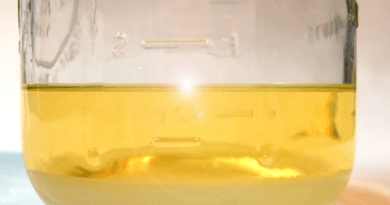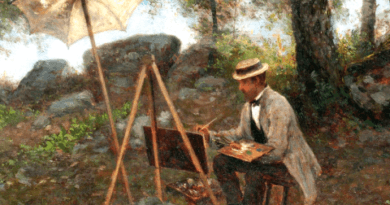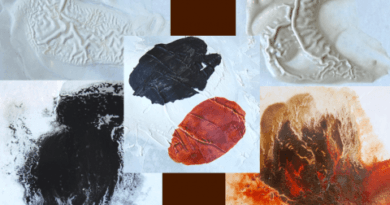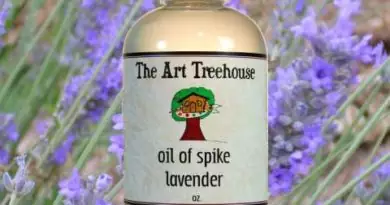SARGENT PAINTED THIS WITH TURPS – NO WAY!
There are accounts of John Singer Sargent being free in his use of turpentine, but there is no way his paintings were done with a liberal use of turpentine (as
Read More
There are accounts of John Singer Sargent being free in his use of turpentine, but there is no way his paintings were done with a liberal use of turpentine (as
Read More
It is easy to take for granted the oils we use in painting. Most of us probably assume that linseed, safflower and walnut oils are simply what you get when
Read More
Wet on Wet, or alla prima (“first attempt”) painting has become increasingly popular, with plein air (“in the open air”) painters taking the lead. In the recent past, artists with
Read More
When Mark was young, he would come home from school to find his mother working on a painting in one room while preparing her latest dinner creation in the kitchen.
Read More
This article deals with a question about “fat over lean” that is often asked by artists who have seen the issue raised in a painting handbook, but are unsure about
Read More
Recently, several people have asked this question! Turpentine, acetone, and mineral spirits are often called “solvents”. You can’t paint with them directly because they will not form the necessary film
Read More
Oil painting is a unique art form due in large part to the individual qualities of the pigments, as well as the great diversity of mediums. Each pigment brings challenges
Read More
Here is a remarkable new painting by the artist Samuel Shelton! The Gift Giver is 24×30 oil on panel using colours from The Tree House. “I started with a detailed
Read More
At the Art Treehouse, we often receive questions about the drying time of paints. Some artists prefer to keep the drying time “open” so that they can work on a
Read More
Because of the quality of his work, Bill Martin is often asked about the medium he uses in his painting. He has created his own formula that enables him to
Read More